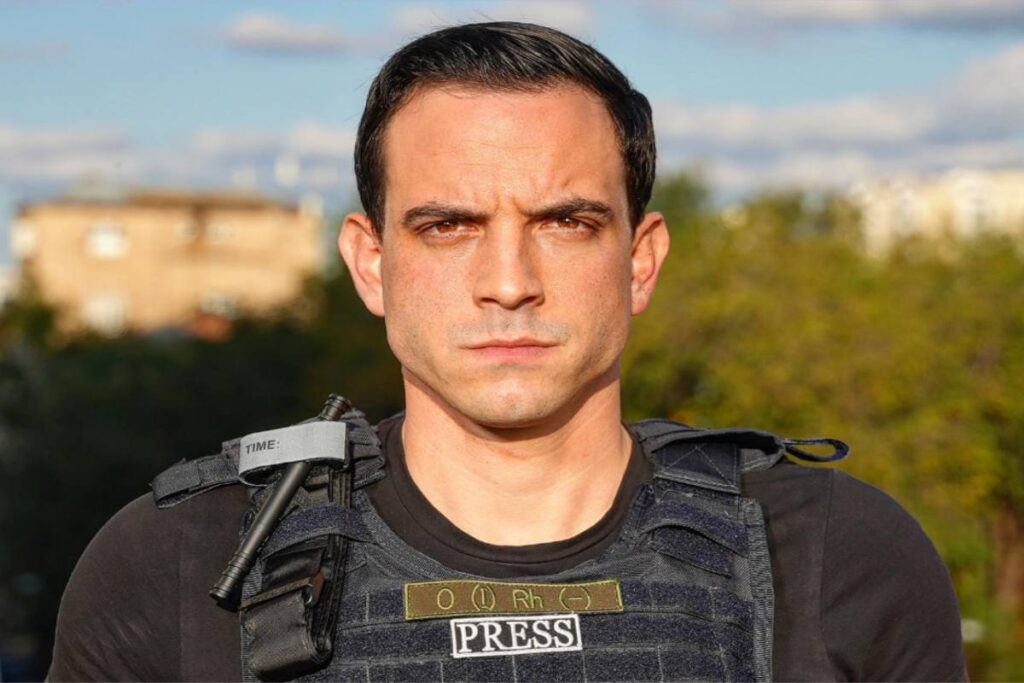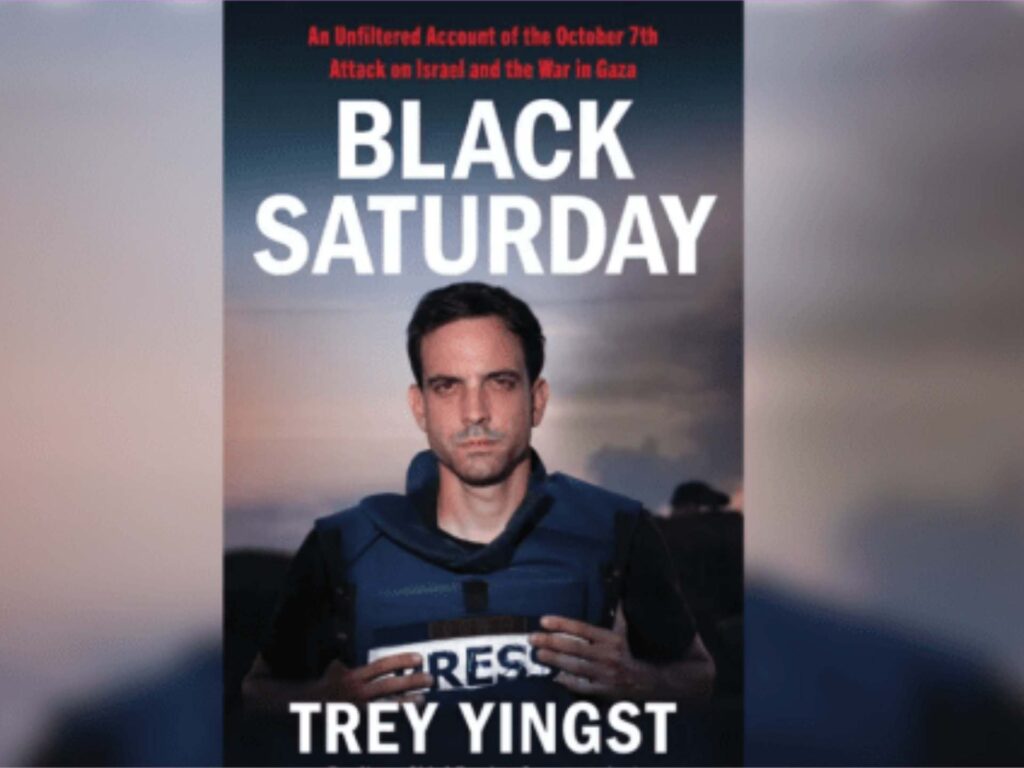
Covering the Gaza war is definitely no small feat. For Trey Yingst, a seasoned war correspondent who spent 200 days in Gaza and witnessed the ongoing conflict firsthand, it was a different experience.
His experience sheds light on the intense challenges that come with reporting from one of the most volatile regions in the world. With war erupting around him, Yingst’s reflections give a rare insight into the emotional and psychological toll journalists face when covering such events.
The War Correspondent Spent 200 Days Covering the Gaza War
Yingst’s 200-day stint in Gaza was marked by danger, uncertainty, and emotional strain. As a war correspondent, his job required him to report on the horrors of war while maintaining composure in the face of constant threats. Every day presented a new challenge.
Whether it was dodging airstrikes, navigating political tension, or trying to document the impact of the war on civilians, he was always tense. For Yingst, being in the middle of the Gaza war was about more than just news. It became a personal mission to give a voice to those suffering from the conflict.
His commitment to bringing the reality of war to the world was unshaken, even as the emotional weight of witnessing destruction grew heavier with each passing day. Yingst’s reports painted a stark picture of life in Gaza, where ordinary people were caught in the crossfire and constantly struggling to survive.
ALSO READ: Massachusetts Files Civil Rights Lawsuit Against Neo-Nazi Group Causing Social Unrest
The time he spent in the region was not only a professional challenge but also a deeply emotional journey. Yingst found himself forming connections with the people living in the middle of the war, making his coverage more personal and impactful.
Challenges the Journalist Faces with Reintegration
After spending 200 days immersed in the Gaza war, reintegrating into normal life was far from easy for Yingst. Many war correspondents face similar struggles when they return from war zones. They often experience a sense of disconnection from everyday life.
Ordinary problems seem insignificant compared to the life-or-death situations they witnessed. For Yingst, transitioning back into a regular routine felt jarring. The emotional toll of witnessing death and destruction had left deep scars.
In interviews, Yingst has spoken candidly about the emotional struggles he faced upon returning home. His biggest challenge has been learning to live with these memories while maintaining a sense of normalcy.
He has also emphasized the need for support systems for journalists returning from war zones, as reintegration is often an overlooked aspect of their work.
POLL—Should Public Schools Include Critical Race Theory and Sex Education in Their Curriculum?
About Black Saturday, A Book The Journalist Authored About The War In Gaza

Trey Yingst turned his experiences into a powerful book titled, “Black Saturday.” This book captures the raw emotions, fear, and courage that come with covering the Gaza war. It also gives readers a closer look at the people living in Gaza and how the war impacted their lives.
The book’s title, “Black Saturday,” refers to one of the most harrowing days Yingst experienced in Gaza. It was a day filled with violence and fear that left a lasting impact on him. Writing the book was a form of therapy for the reporter.
It allowed him to process the trauma he experienced and gave him a platform to share the stories of the people who were caught in the middle of the war. “Black Saturday” also serves as a reminder of the sacrifices made by war correspondents who risk their lives to bring the truth to the world.
Progress with Yingst’s Mental Health
Yingst has made significant progress in his mental health journey since returning from Gaza. Covering a war for 200 days took a toll on his mental well-being, but he has taken steps to address his struggles. Therapy and support from loved ones played a crucial role in helping him navigate his emotions. However, the process of healing is ongoing.
WATCH: The World’s Second Most Populous Country Battles Population “Doom Loop”
In an interview, he shared that while it’s been difficult, he’s learned to find balance and seek help when needed. Through this process, Yingst has become a voice for other journalists, encouraging them to prioritize their mental health in the way they approach their reporting.
His openness about his struggles has made him a role model for many journalists who are afraid to speak out about their challenges with mental health. Yingst also acknowledges that mental health is an ongoing journey.
Although he’s made significant progress, he knows that the experiences he had in Gaza will always be a part of him. The key, he says, is learning how to live with these memories without letting them define who you are.
Beyond Reporting

The Gaza War left a lasting impact on those who lived through it, and journalists like Yingst played a vital role in bringing the story to the world. His 200 days covering the conflict showed the incredible dedication and bravery required to report from a war zone.
However, the emotional toll of witnessing the horrors of war also highlighted the importance of mental health support for war correspondents. As Yingst continues his work, he speaks openly about the challenges of reintegration and his ongoing battle with PTSD.
He also touched on the recent news surrounding the involvement of Hamas in ongoing conflicts. As war continues to affect regions like Gaza, the role of correspondents becomes even more critical.
They have to ensure that stories of conflict are told with humanity and accuracy. Trey Yingst’s journey reflects the deep scars left behind by the war and the resilience required to heal from them.
You Might Also Like:
Renowned Actor Gavin Creel Dies at 48
Ex-Fiancée of Lana Del Rey’s Husband Had This to Say About Their Marriage
Selena Gomez and Benny Blanco Pictured Packing the PDA During Disneyland Date
Shania Twain Opens Up About Battling Stage Fright
Galaxy Gas: A Dangerous New Trend Among Teens
